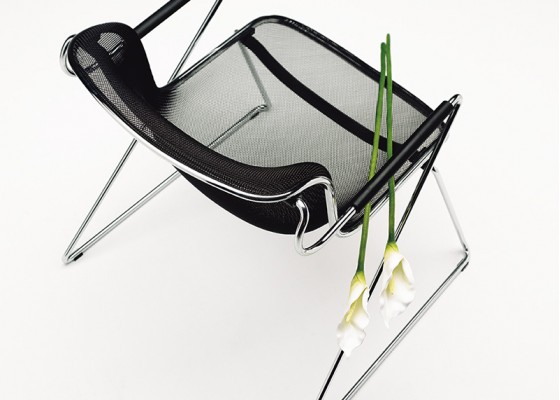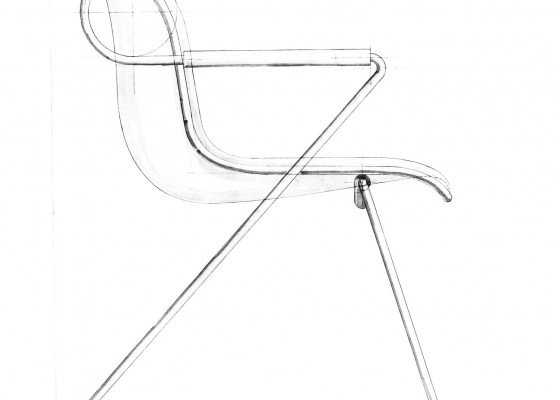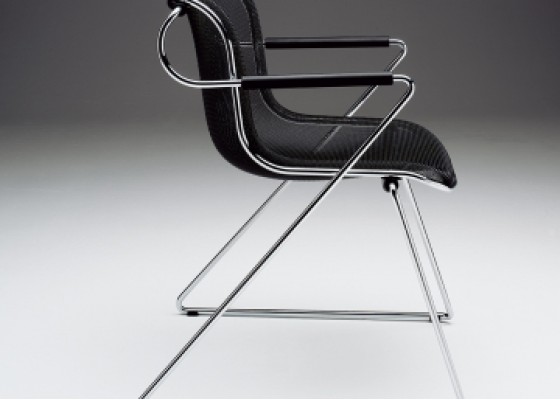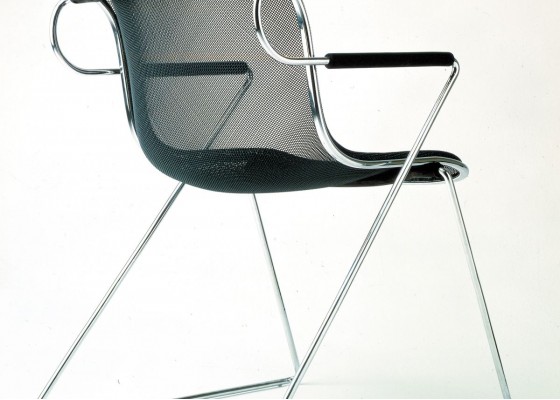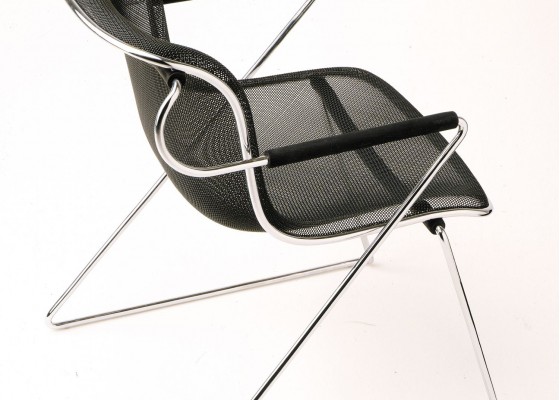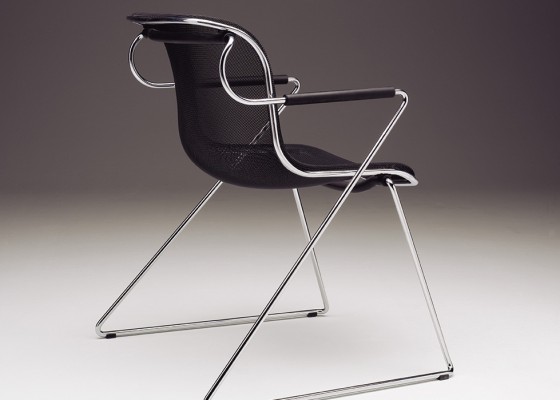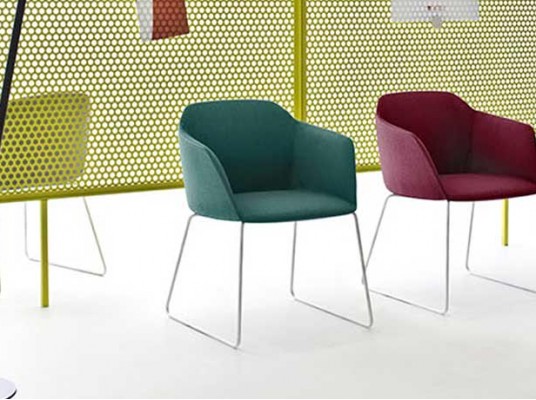Penelope
Sedute
Penelope Sedute
In 1982, the designer Charles Pollock created a real design classic: Penelope. The American designer developed for Castelli a revolutionary chair from a technical and formal point of view: a steel-wire sled base supports a seat permeable to air which consists in a steel-wire fence coated with synthetic resin. The elastic effect of the base is stressed by an integral polyurethane tube that acts as a shock-absorber. The armrest coverings are made of the same material providing additional comfort. With Penelope, Pollock translated into reality a new form of seat. That's why this timeless classic still enjoys fame in today's design world.
Italian Design
The Italian Design symbolizes the aesthetic creativity which reached its peak during the '60s and the '70s: an incredible number of ideas and products began their triumphal march around the world. Even today, when it comes to design and desire to experiment, we refers immediately to Italy. Ready to risk industrials, rebels and avant-garde architects as well as new materials and product technology became fireside for a unique and innovative impulse. This gave rise to a new cultural and economic progress. Suddenly Italy had become the Mecca of Design, thus freeing it from its mere functionalism and paving the way for fun, provocation and colours. Often the Italian design is wrongly associated only with passion and a lifestyle, therefore the great efficiency and high demand for "Made in Italy" are often ignored.
Shop
Penelope seat is available on the online shop of Anonima Castelli www.anonimacastelli.com/en/products

Charles Pollock
Charles Pollock was born in Philadelphia, USA, in 1930. He studied at the Cass Technical College in Detroit from 1944 to 1949. From there, he won a stipend for the Pratt Institute of Design and concluded his studies with a Bachelor of Art.
He first worked with George Nelson and then with the Knoll Development Group for Design. He opened his own studio in 1958 and designed his first chair in 1960 in co-operation with Florence Knoll. The leather model number "657" was so successful that he developed it further to create the famous "Pollock-Chair", the best selling executive chair in the history of office furniture design. The Pollock Chair was first introduced in 1965 and now has a place of honour in the Louvre museum in Paris.
Pollock designed his award-winning chair "Penelope" for Haworth in 1982. It was the first chair in which the user was able to sit in the so-called "bent knee style". In addition, Pollock achieved an ergonomic effect for the first time with his mix of chairs.
Charles Pollock died on Tue 20th August in an accidental fire at his studio in NY.
